The “new” SNIA Compute, Memory, and Storage Initiative (CMSI) was formed at the beginning of 2020 out of the SNIA Solid State Storage Initiative. The 45 companies who comprise the CMSI recognized the opportunity to combine storage, memory, and compute in new, novel, and useful ways; and to bring together technology, alliances, education, and outreach to better understand new opportunities and applications.
To better explain this decision, and to talk about the various aspects of the Initiative, CMSI co-chair Alex McDonald invited CMSI members Eli Tiomkin, Jonmichael Hands, and Jim Fister to join him in a live SNIA webcast.
If you missed the live webcast, we
encourage you to watch
it on demand as it was highly rated by attendees. Our panelists answered
questions on computational storage, persistent memory, and solid state storage during
the live event; here are answers to those and to ones we did not have time to
get to.
Q1: In terms of the
overall definition of Computational Storage, how does Computational Storage and
the older Composable Storage terms interact? Are they the same? Are
SNIA and their Computational Storage Technical Work Group (CS TWG) working on expanding
computational storage uses?
A1: Some of the
definitions that the CS TWG explores range from single use storage functions —
such as compression — or multiple services running in a more complex and
programmable environment. The latter encompasses more of the thoughts
around composable storage. So compostable storage is a
part of computational storage, and will continue to be incorporated as the
definitions and programming models are developed. If you like to see the
latest working document on the computational storage model, a draft can be
found here.
Q2: In terms of some
of the definitions of drive form factors, are the naming conventions completed?
A2: There are still
opportunities to change definitions and naming. The work group is continuing
to work on naming conventions for the latest specifications.
A2a: If you’d like to
hear a great dialog on Alex’s thoughts on naming conventions followed by Jim’s
notes on lunch menus, tune in at minute 48 of the webcast.
Q3: Is the E3 drive
specification backward compatible with the existing E1.L or E1.S?
A3: The connector is
the same, but the speeds are different. Existing testing infrastructure
should work to test the drives. On a mainstream server, E3 is meant to be
used in a backplane, which the prior standards would fit in either an
orthogonal connector or a backplane. So the two are sometimes compatible.
Q4: Will E1.S be a
alternative for workstation class laptops, replacing M.2? So would it be
useful for higher capacity drives?
A4: M.2 is the mainstream form factor for laptops, desktops, and workstations. But the low power profile (8W) can limit drive performance. E1.S has a 25W specified, and may be much more effective for higher-end workstations and desktops. Both specifications are likely to remain in volume. You can check out the various SSD specs on our Solid State Drive Form Factor page.
Q5: Does SNIA use too
many S’s in its acronyms?
A5: Alex MacDonald
thinks so.
Q6: Can we talk more
about computational and composable storage?
A6: Alex MacDonald
gave the order for a detailed future SNIA CMSI webcast. Stay tuned!
Q7: Is there a PMDK
port for Oracle Solaris?
A7: Currently no, but
someone should submit a pull request at PMDK.org, and the magic geeks might
work their powers. Given the close similarities, there is a distinct
possibility that it can be done.
Q8: Does deduplication technology
come into play with computational storage?
A8: Not immediately.
These are mostly fixed functions right now, available on many drives. If
it becomes an accelerator function, then that would be incorporated.
Q9: Is there that much
difference between how software should handle magnetic drives, NVMe drives, and
Persistent Memory?
A9: Yes. Any
other questions?







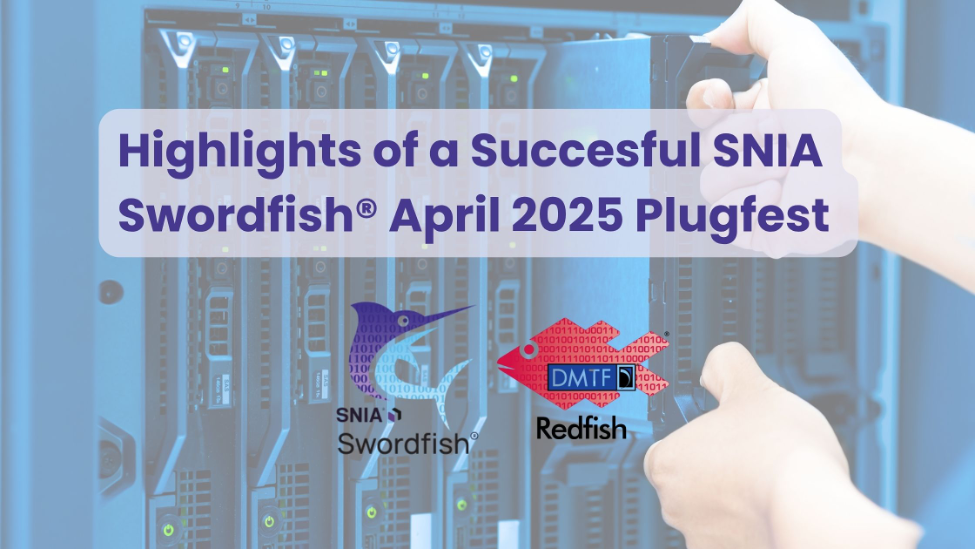
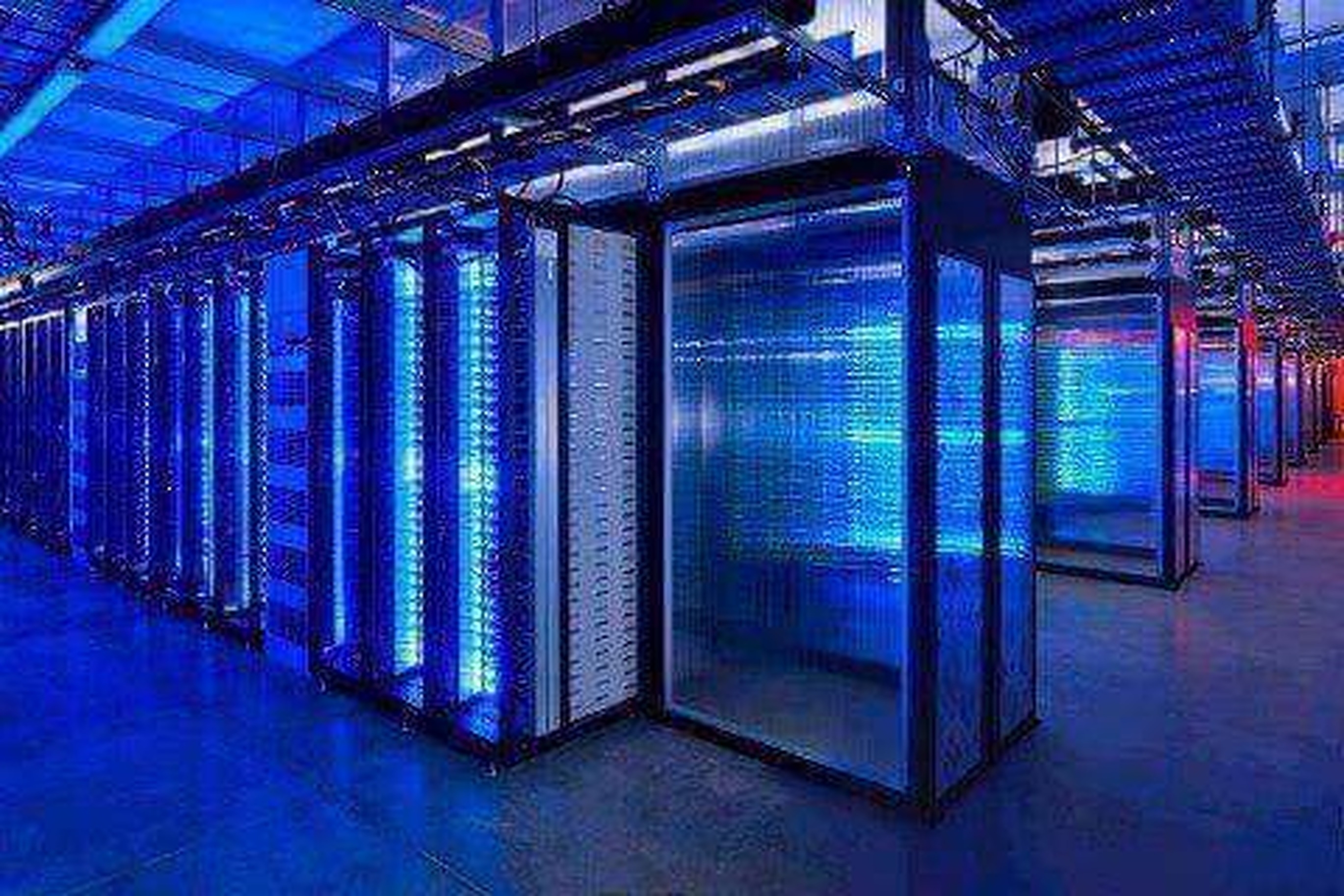
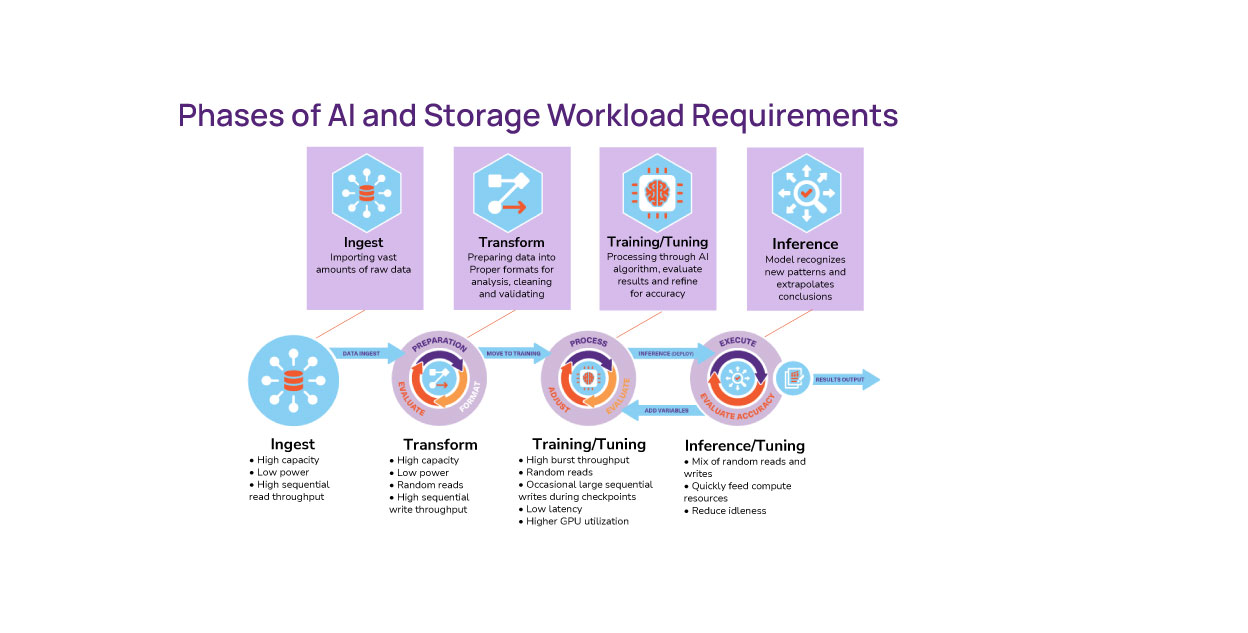

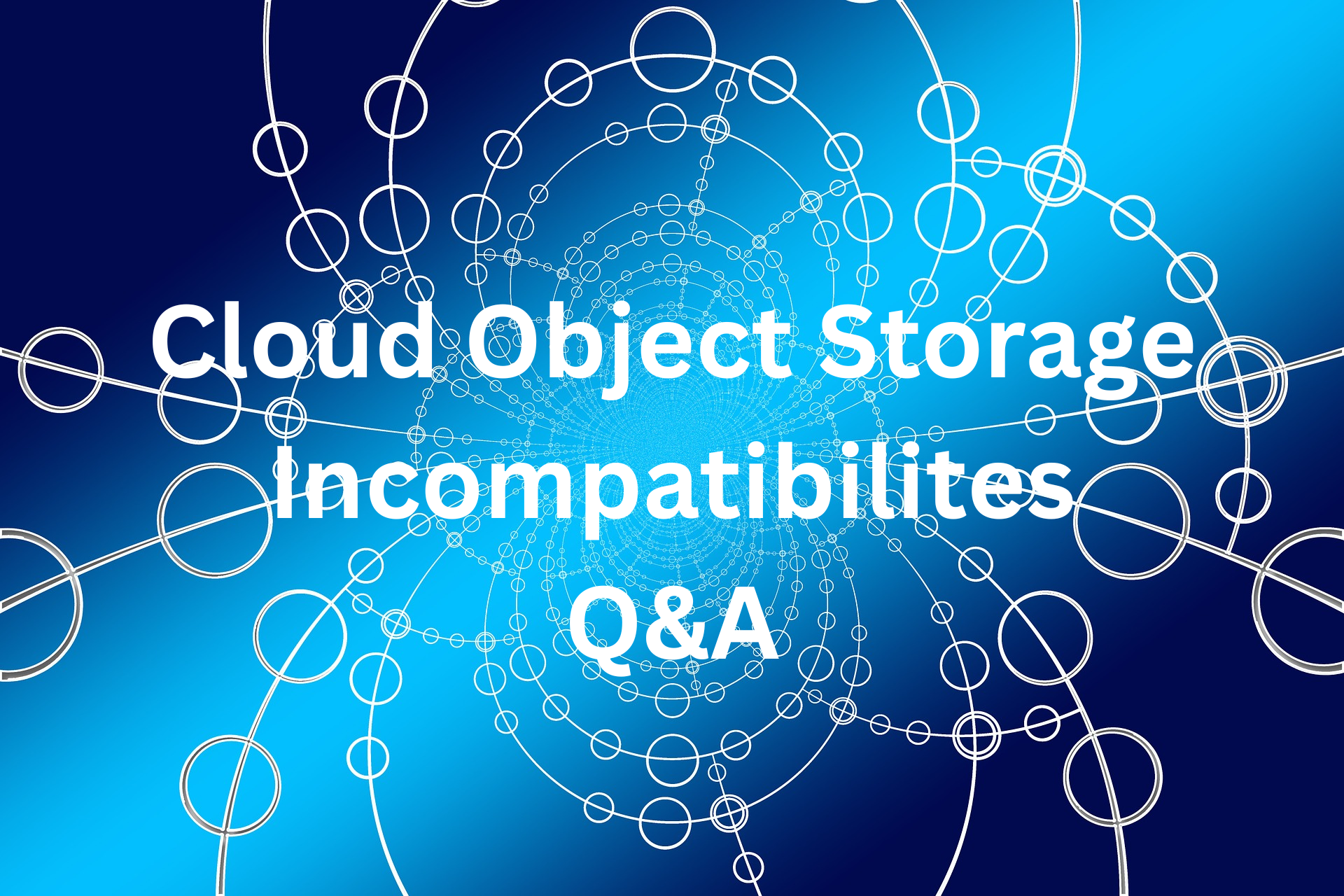
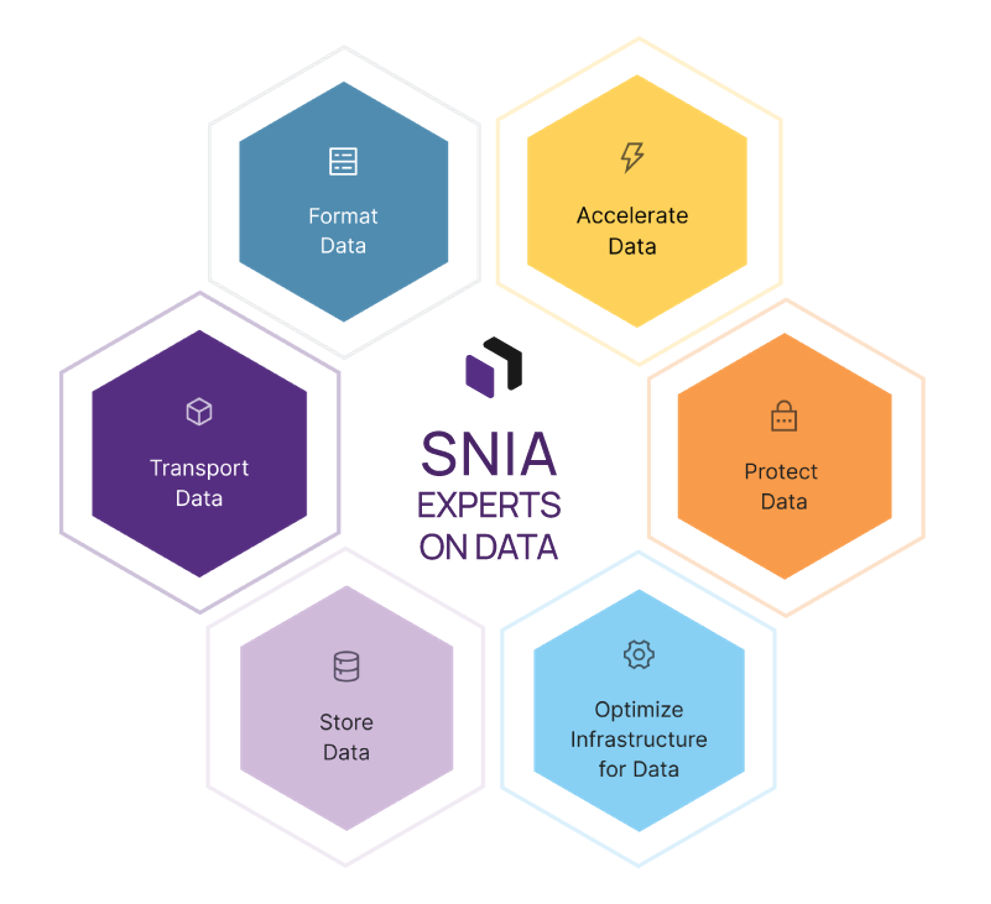


Leave a Reply